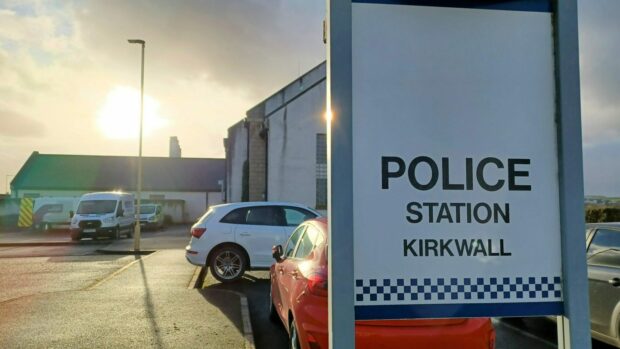An Orkney councillor has said he hopes people will take recent higher crime statistics as evidence of increased policing rather than as signs of a “crime wave in the county.”
The local authority’s police and fire sub-committee met this morning. Members were presented with quarterly crime statistics for the county, between April and September this year.
Large rises in the stats were seen across many areas.
Some of the most drastic of these include:
- Speeding offences, which rose by 91 between this year and last – from 28 to 119
- Drug possession offences, rising by 29 – from nine to 38
- Theft by shoplifting, which rose by nine – from five to 14
- and motor vehicle crime incidents, which rose by six – from two to eight.
However, the interim area commander chief inspector with Police Scotland Alasdair MacLeod said the figures presented as a result of increased policing and the after-effects of the pandemic.
Some of the figures were much less shocking when compared to their five-year average.
For example, shoplifting offences have a five-year average of 11.
On the speeding figures, the Ch Insp said road safety campaigns were responsible for a rise in speeding detections.
These campaigns also led to increased activity from the local police in this area of crime, he said.
On motor vehicle crime, the Ch Insp said the increase in the theft of vehicles could “almost entirely be attributed to a single series of crimes committed by one person from off-island.”
More policing and pandemic end
He said this person was identified and would be reported in due course.
Councillor Sandy Cowie said he was worried about how Orkney’s crime figures could be portrayed to the public.
Showing them as part of a “crime wave” in Orkney could distress people and leave them feeling unsafe, he said.
Mr Cowie said: “The figures before us do show increases. Some of them show quite significant increases.
“The media and social media will probably gain the impression that there’s a bit of a crime wave going on.
“That’s an unfortunate thing, particularly on social media, because it distresses a lot of vulnerable people. They could be seduced into thinking it’s hardly safe to go out onto the street.
He added: “What these figures really evidence is increased police activity.
“The fact that these events have been dealt with in the stats before us today suggests that the community is actually becoming safer rather than more dangerous.
“That’s the message to take away.”

Conversation